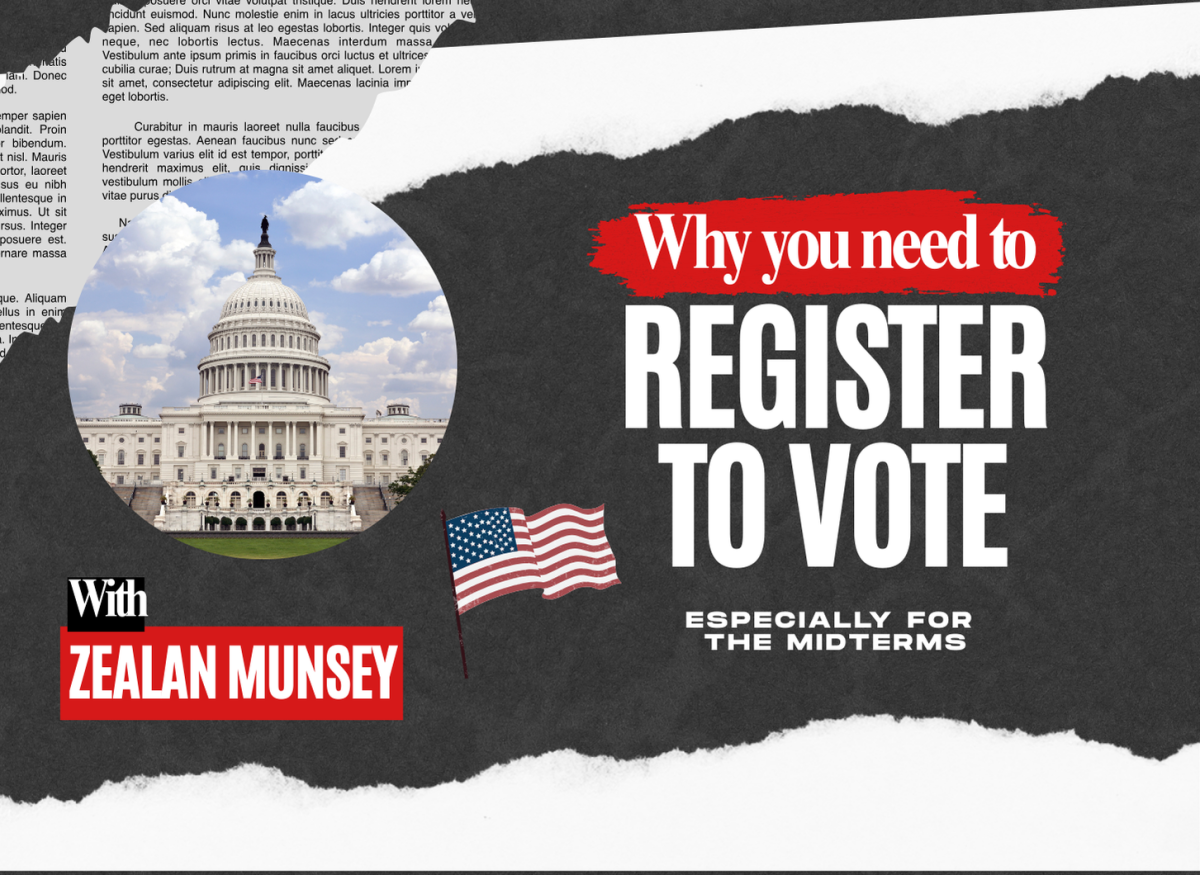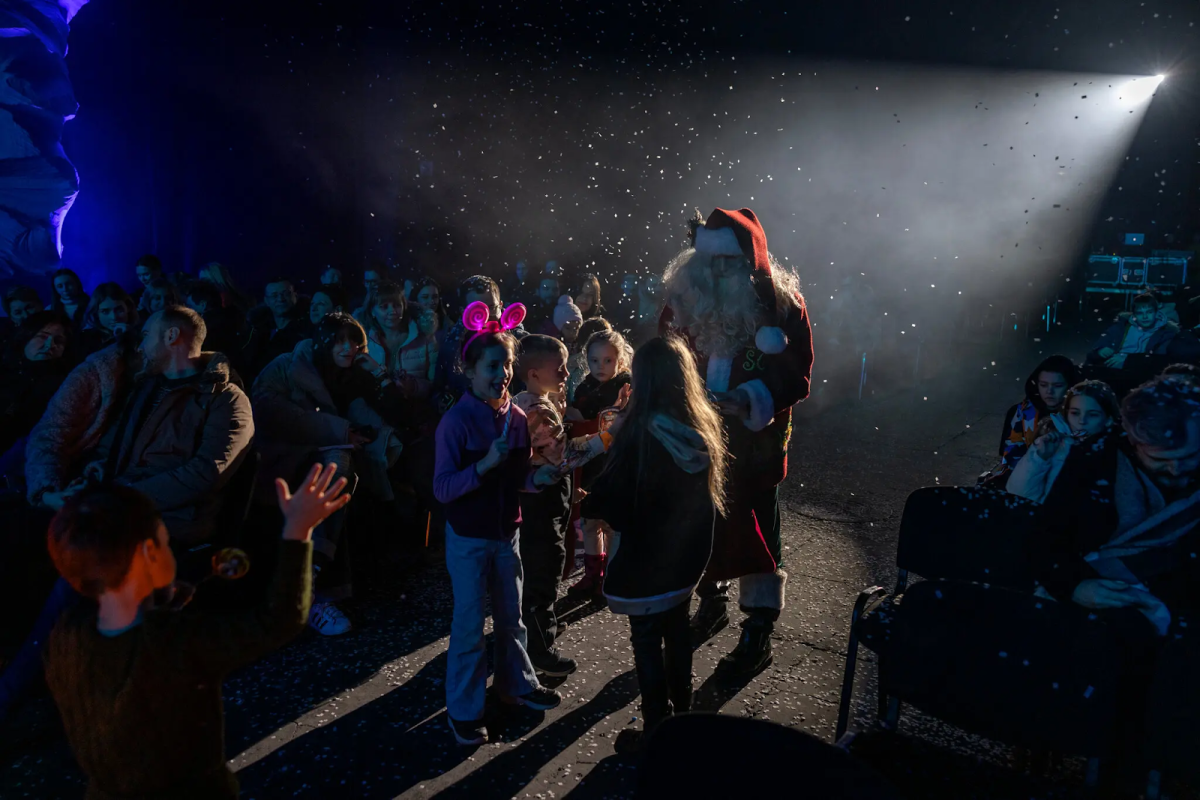On January 15, 2024, the race for the Republican presidential nominee began in the state of Iowa. Candidates had been hosting events in the state for the past few months hoping to increase their chances of winning. Former President Donald Trump held a significant lead for the weeks approaching the caucuses; however, in the last few days, concerns grew over Nikki Haley’s growing popularity among moderate Republicans. Although the race would still most likely be between Nikki Haley and Ron DeSantis for second place, some political commentators believed that Trump’s lead could still be at risk.
Just days before, an unprecedented factor entered the race. The temperatures in Iowa dropped to 30 degrees below normal for this time of year; many major cities experienced temperatures of negative seven degrees on election day with wind chills of up to negative 30 degrees. Iowa’s warmest recorded winter suddenly hit multiple days of unforeseen cold that forced campaign organizers into full gear. The main concern was a lack of voter turnout due to dangerous road conditions; however, Trump’s persistent organization offered rides to voters and all three leading candidates emphasized the importance of voting to their supporters. On Monday, with only a few hours before Iowans would gather to cast their votes, candidates made their final pleas in the midst of the raging storm.
What are the Iowa Caucuses and how do they work?
The Iowa Caucuses are arguably one of the most confusing aspects of the American election system. Every state chooses to conduct its primaries in a different way, and Iowa is by far the most unique. At 7 pm in Iowa, Republicans made their way to schools and community centers to participate in the first step of the GOP’s presidential nominating process. To participate, voters must be 18 and registered Republicans. However, voters do not have to be lifelong Republicans; therefore, in the absence of a competitive democratic race this year, many Democrats and Independent voters switched their party preference to vote in the Republican caucuses for 2024.
After voters checked in, every location was greeted by a supporter of each presidential candidate who made a case for their chosen candidate. The speakers are often members of the candidate’s campaign team or avid donors. This is a last effort to secure the votes of any undecided individuals before decisions are made. After the speeches, caucus-goers cast their ballots. The votes were collected, counted, and typically announced to the room. The results were then uploaded to an online database and made available to the public. The unique system is tradition in Iowa and the results often set the tone for the next few months.
What were the 2024 results?

Former President Donald Trump ended the night with a significant lead, winning 51% of the vote. DeSantis ended in second place with 21.2% of the vote and Haley followed closely with 19.1%. In addition to winning the overall vote, Trump led in all counties except for one. As Haley and DeSantis ended neck-and-neck, neither have dropped from the race. With the New Hampshire primaries coming up on January 23rd, the two underdogs are fighting to establish themselves as a significant second-place candidate to rival Donald Trump’s overwhelming lead.
The primary takeaway from the first official 2024 election season votes is that Donald Trump maintains his hold on the Republican party despite skipping the GOP debates and his various ongoing indictments. There is no doubt that Donald Trump will maintain his lead after New Hampshire – the real question is whether Nikki Haley and Ron DeSantis will both end their campaigns or if one will win a significant percentage of the vote to establish themself as a legitimate rival to Trump.














